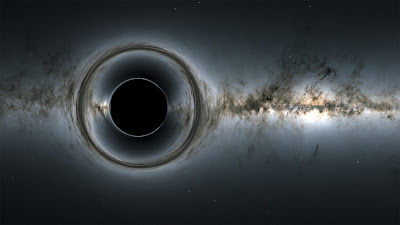What is a star?
Stars are glorious bodies, which sparkle like our sun. Many sparkle splendidly, the others have a faint gleam. Some are red while others are blue. Stars are goliath chunks of gas made of hydrogen, bound together by their own power of gravity. The energy that makes them sparkle comes from a sort of force plant in their inside, where nuclear cores of hydrogen molecules are melded to shape helium iotas. The stars don't live everlastingly and 'kick the bucket' sooner or later. Numerous just get stifled, while weighty stars grow and detonate. Their remaining parts become either a neutron star or a 'dark opening'.
How is a star conceived?
The support of a star is a haze of hydrogen and residue. There are various such mists in the universe. By the activity of outer powers, for example, the blast of a star-this cloud gets compacted and continues to get a hold of itself because of the expanding power of fascination among the particles. After two or three a huge number of years, it starts to sparkle. A proto-star, a star in the and gets more sizzling and more blazing, till its inside arrives at a temperature of around 10 million degrees Celsius. In the center of the star, the combination of hydrogen into helium delivers a gigantic measure of energy. Presently, the star turns into a fundamental arrangement star. It sparkles around for 10 billion years, till it 'bites the dust'.
For what reason do all stars not sparkle with a similar power?
There are two reasons why every one of the stars in the night sky don't sparkle similarly brilliantly. First and foremost, the stars are at various radiance relies upon their age. Youthful good ways from the Earth. Also, their stars are splendid, hot and sparkle pale blue white, and more seasoned stars which have effectively given out a great deal of their energy are red in shading and are cooler. Our sun is moderately aged (about 4.8 billion years of age), with a temperature of around 5500°C on its surface, and a yellow sparkle. Stars resemble a window to the past. In the event that a star is 10o light years away, its light requires 10 years to contact us. Therefore, we see the star not for what it's worth 'now', but rather as it was 10 years prior.
How do stars 'kick the bucket'?
At the point when the combination of hydrogen into helium happens in the center of the star, it keeps on sparkling for around 10 billion years. Eventually of time, be that as it may, all the hydrogen gets burned-through. Helium at that point melts to frame carbon. What occurs after this relies upon the mass of the star. Lighter stars like the sun grow to turn into a red goliath, till the combination stops, and afterward collapse to turn into a white mass about the size of the Earth. Huge stars, around multiple times heavier than our sun, extend to turn into a monster lastly detonate. This is known as 'cosmic explosion'. The remaining parts of a cosmic explosion become either a neutron star or a dark opening.
What is a dark opening?
A dark opening is a packed thick mass with a serious gravitational field. The gravitational power of the dark opening is solid to such an extent that nothing in its environmental factors can escape from it, not light. Subsequently, the space around a dark opening gets mutilated. It is like an immense pipe, which gets compliment and compliment towards the upper edge. Everything close to this channel at that point descends and makes the pipe further because of its own weight. The dark opening closest to our nearby planetary group is around 8200 light years away: so there is no genuine threat of being gulped by it.






Comments
Post a Comment